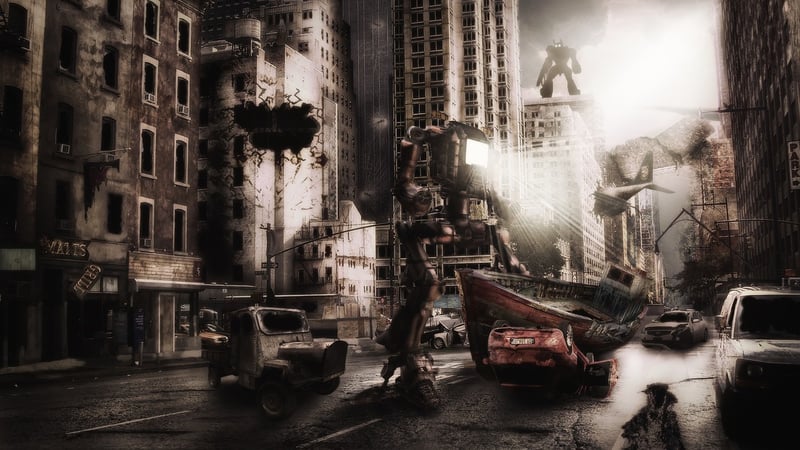Future Worlds
Exploring Diverse Time Zones and Future Worlds
Understanding Time Zones
Time zones are geographical regions that follow the same standard time. They are crucial for coordinating activities globally and are based on the Earth's rotation. There are 24 primary time zones, each one hour apart, covering the entire globe.
Popular Time Zones
- UTC: Coordinated Universal Time is the primary reference point for all time zones.
- EST: Eastern Standard Time is used in regions like New York and Toronto.
- CET: Central European Time is observed in cities such as Paris and Berlin.
- JST: Japan Standard Time is followed in Tokyo and Osaka.
Future Worlds and Time Travel
Imagining future worlds often involves concepts like time travel, alternate realities, and advanced technology. Science fiction literature and movies frequently explore these themes, offering glimpses into possible futures influenced by our present choices.
Time Zones in Science Fiction
In many science fiction narratives, time zones play a crucial role in depicting parallel universes or time-traveling adventures. Authors and filmmakers creatively manipulate time zones to craft intricate plots that challenge our understanding of time and space.
Exploring Future Worlds Through Art
Artists often use futuristic themes to envision diverse worlds where technology, society, and nature intersect in unique ways. Through paintings, sculptures, and digital art, they transport viewers to realms beyond our current reality, sparking imagination and contemplation.
Conclusion
Time zones not only structure our daily lives but also inspire creative endeavors that explore future worlds and alternative realities. By delving into diverse time zones and envisioning future possibilities, we expand our perspectives and embrace the vastness of the unknown.

For more information on time zones and future worlds, you can visit Time and Date.
